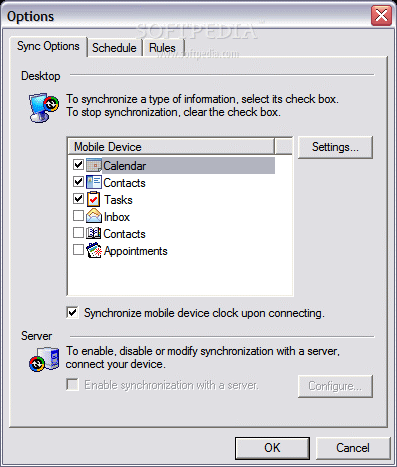

Combining this problem with the often unstable Microsoft ActiveSync was nightmarish. So, if you synced your device with your home PC, you could not use the PC in your office to manage changes. This meant that if you were out and about in the real world, you were tethered to a single PC for contact and calendar management because syncing with more than one PC was extremely problematic. Windows Mobile contacts and calendar synced only with Microsoft Outlook on the desktop. This, we believed, could cause system sluggishness compared to the then still popular and very successful BlackBerry and Palm OS devices.Īnother issue for some of us was the primacy of the full Windows on a PC. However, Microsoft insisted its memory and application management worked fine and that pressing the X button would continue to simply hide the app from view until the manager decided it needed more resources and shut it down. What we enthusiasts wanted was a system option to have the Windows Mobile X button for applications behave the same way as it does on the desktop. And, software like Google’s Chrome Browser can keep many processes running and a lot of memory tied up even if the main browser window is closed. System utilities may run in the background even if its window is closed. The X button on most Windows desktop applications shuts down the software completely.

One literally tiny-in-size problem was headache for some of us who used Pocket PCs and Phone Edition as our primary mobile device: The “X” button in an application window. But, those of us enthusiasts who were fortunate enough to have a face-to-face audience with Microsoft’s mobile developers were seeing issues in what we felt we needed in a smartphone that Microsoft was not interested in considering. In the years just before the iPhone emerged, the Pocket PC (as a non-connected device) and Windows Mobile Standard Edition gained a reasonable following and market share.


 0 kommentar(er)
0 kommentar(er)
